What, exactly, does it mean when someone says a tea is rare? Or boutique? Is that a word that is completely meaningless, or does it actually mean something?
I ask because these are words (along with competition, artisan, etc) that we see, all the time, when people describe the teas they sell. They all suggest a degree of care and quality that you shouldn’t find in what we can call “mass-produced” or factory made teas. But are these terms really what they seem?
Tea farms in China and Taiwan are, still, to a large extent, run by smallholding farmers who all have a small plot of land and farm their own land in their own method. Since the 1980s, there have been an increasing concentration of land in the bigger corporations that sell tea, such as Ten Ren, but generally speaking, most of the teas that people like us drink are coming from smallholding farmers. They are sometimes tea families that have been making teas for generations, but in other cases, they may have just happened to be farming tea somehow – such as some families in Yunnan, who were sitting on tea trees that were more or less worthless a few decades ago, but are now printing money with their teas.
Since that’s the case, it is quite safe to say that a lot of teas are, by definition, rare, because you’re not going to get the exact same thing anywhere else, never mind next year. On the other hand, that’s a definition of “rare” that completely defeats the purpose of the word – it’s only rare insofar as it is a tea that you can’t easily obtain anywhere else, but rare, in and of itself, doesn’t mean anything regarding quality. I can produce a rare oolong by getting some fresh leaves from a farmer and doing my own processing, but I can assure you it’s going to taste terrible. It’s rare though.
The other definition of rare can be that it’s a tea that is uncommon, and thus of higher quality. Something like Oriental Beauty may fall into this category, but I can also tell you that there are varying grades of Oriental Beauty – only the best ones are really sort of rare. The rest are a dime a dozen. Likewise, an older puerh may indeed be rare, and applying that term to, say, an 80s Traditional Character bing is probably not very accurate – things like this are still available easily, if you know where to look, and you can still buy these things by the kilos so long as you have the money to pay for it. Is that rare? Maybe.
Likewise, boutique (or using related words, such as workshop, etc) is just another way of saying “not big factory”. Words like this have been abused by some vendors. Calling a factory that makes tea by the ton a “workshop”, for example, is probably not very accurate. What, then, qualifies as a boutique? Personally, I’m really not sure. I suppose a one-man operation pressing cakes is probably a boutique. People like the couple who press their own cakes probably also qualifies as a boutique, even though I’m pretty sure they end up pressing more than a ton of tea a year (2500 bings – not that hard to do). Again, since so many tea farmers are small time, small plot farmers, boutique is a term that can be widely applied without meaning very much. I’m not sure where that line is, and I think it’s a term that is best avoided.
As for artisan (OED just informed me that artisanal is not a word) – what is that, exactly? I suppose all tea makers are artisans of some sort, even though many of them now use machines almost exclusively for processing, rather than doing it by hand. In areas where hand-made tea is more common, such as Yunnan, it is perhaps useful to use that to denote something hand made – but wouldn’t the term “fully hand made” be much more descriptive? After all, some guy who uses a machine to roll his tea but does everything else by hand is still an artisan, even though he uses tools to assist him. Or is he?
Sometimes these words are unavoidable. It’s rather hard to describe a non-factory making some puerh cakes, or when you are trying to talk about a farmer making his own oolongs. It’s a fine line between reporting what a tea is, and hyping it to goose sales. After all, just like prices, where higher is not always better, not all artisan-made and rare tea is going to be good.



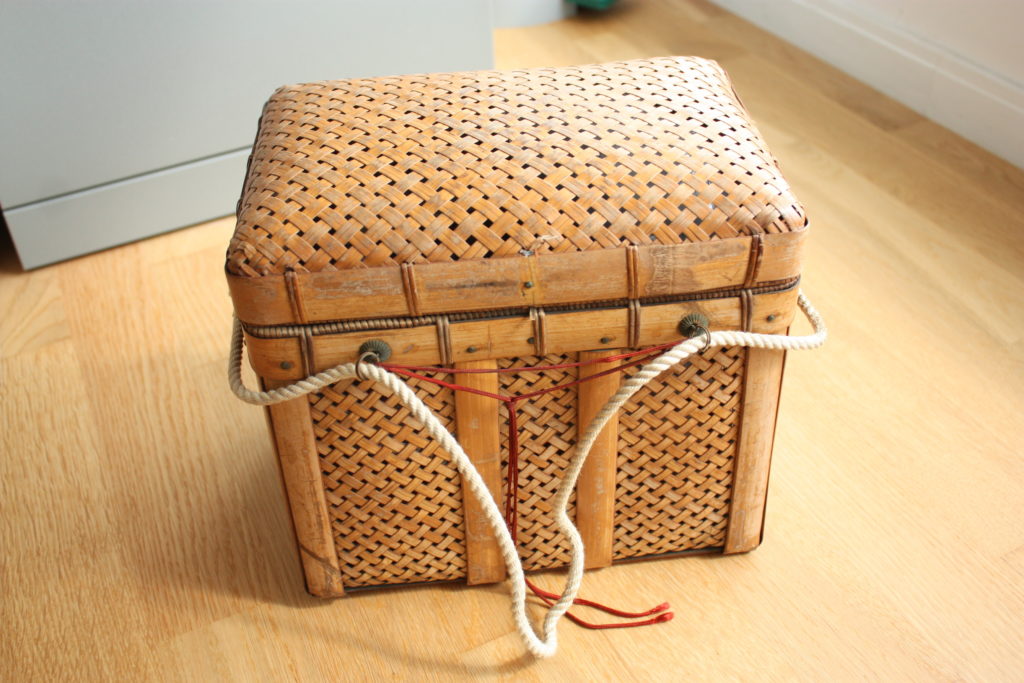
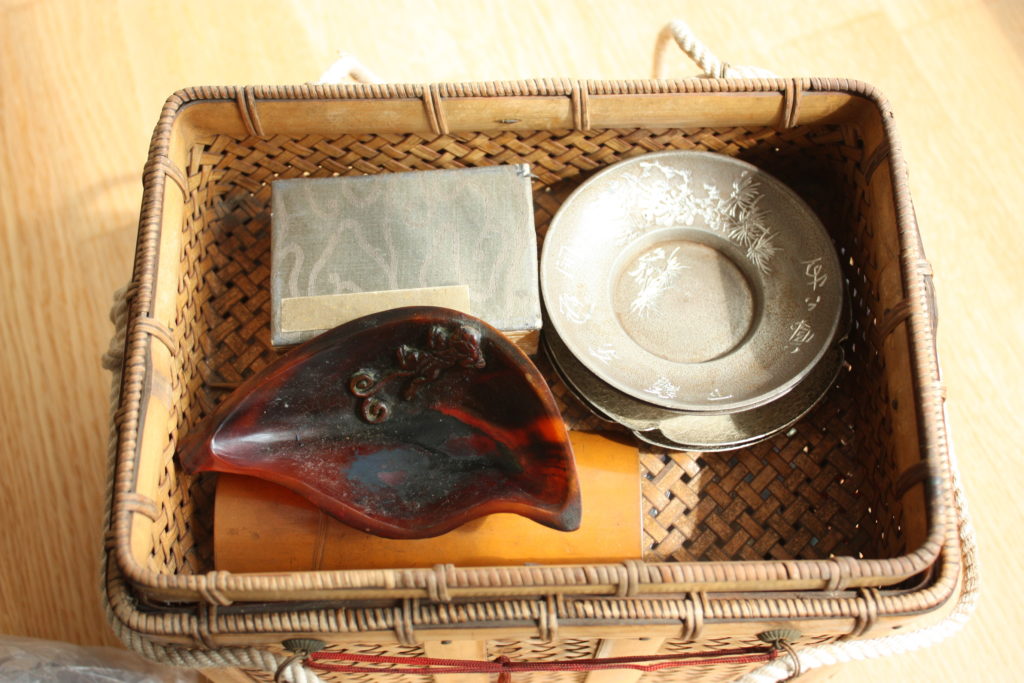
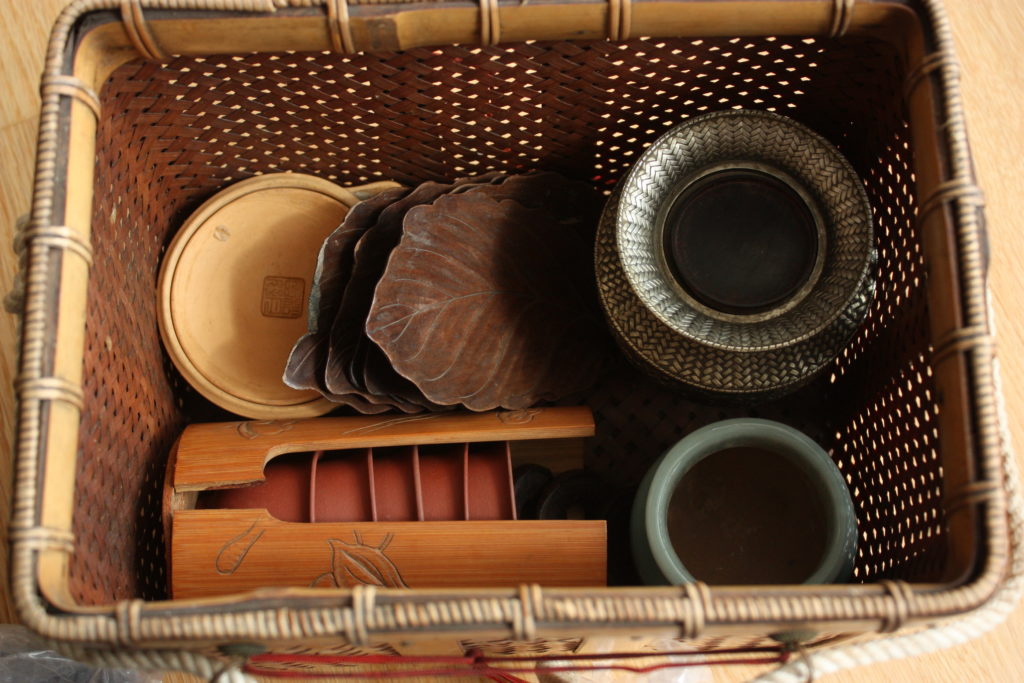



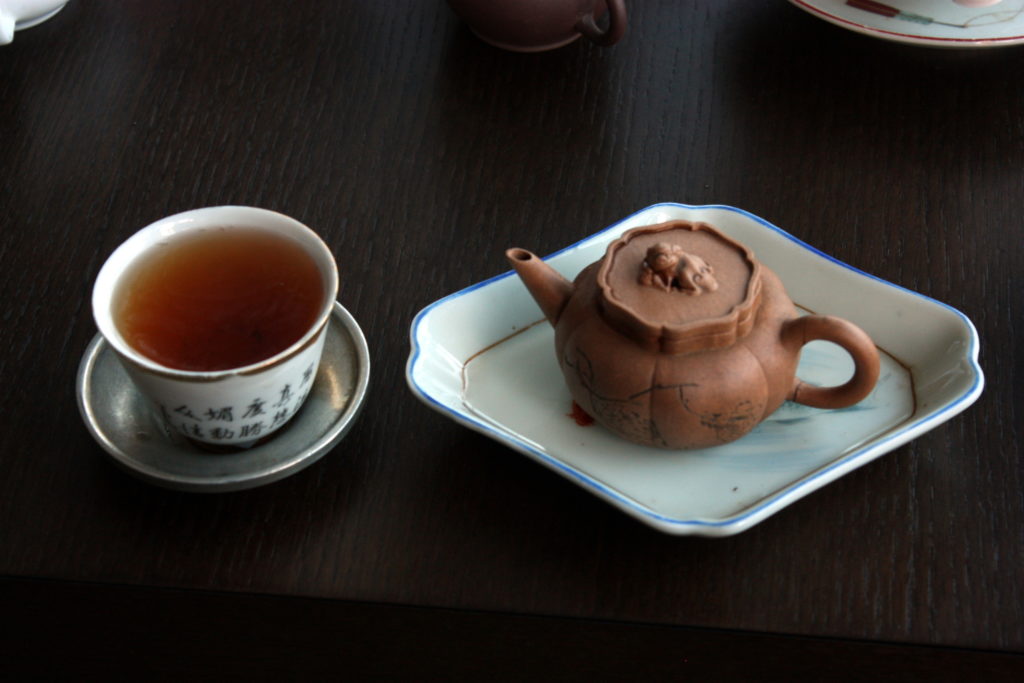

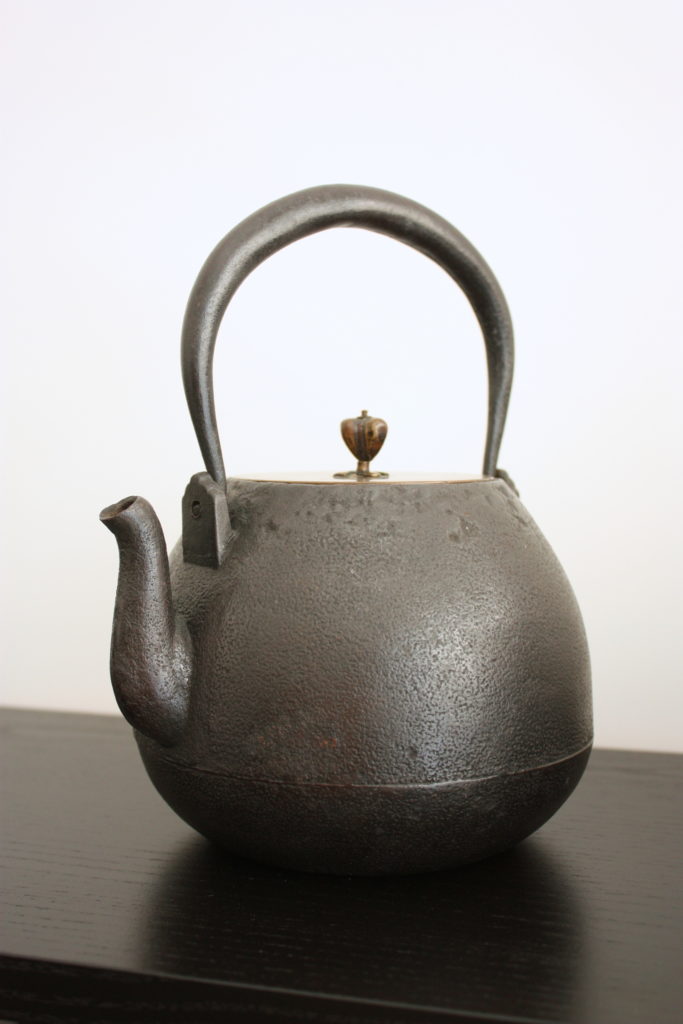
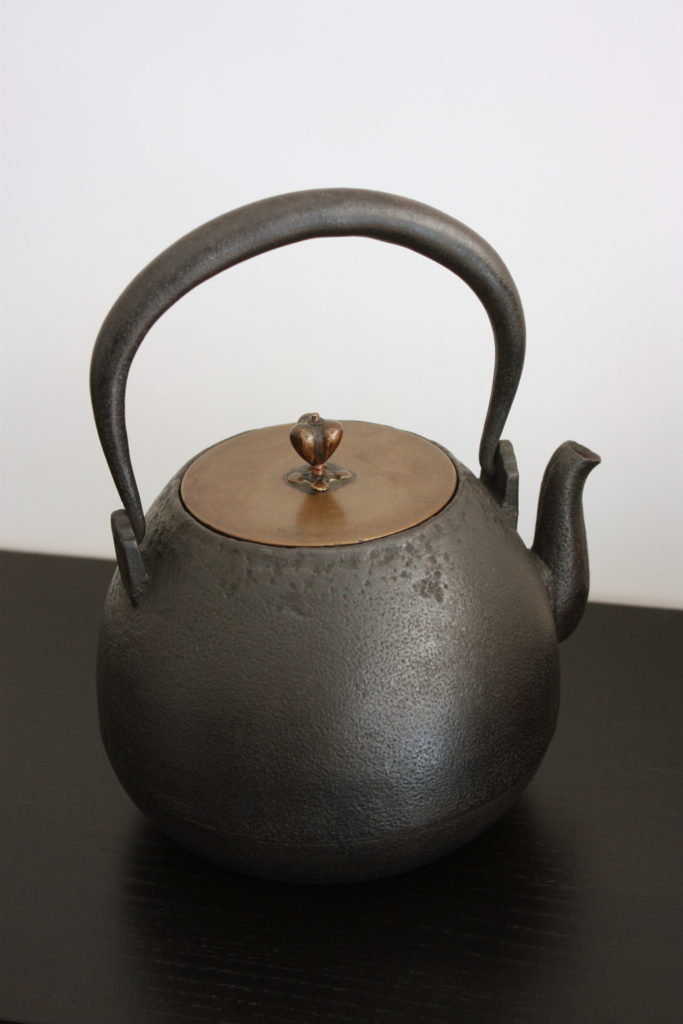
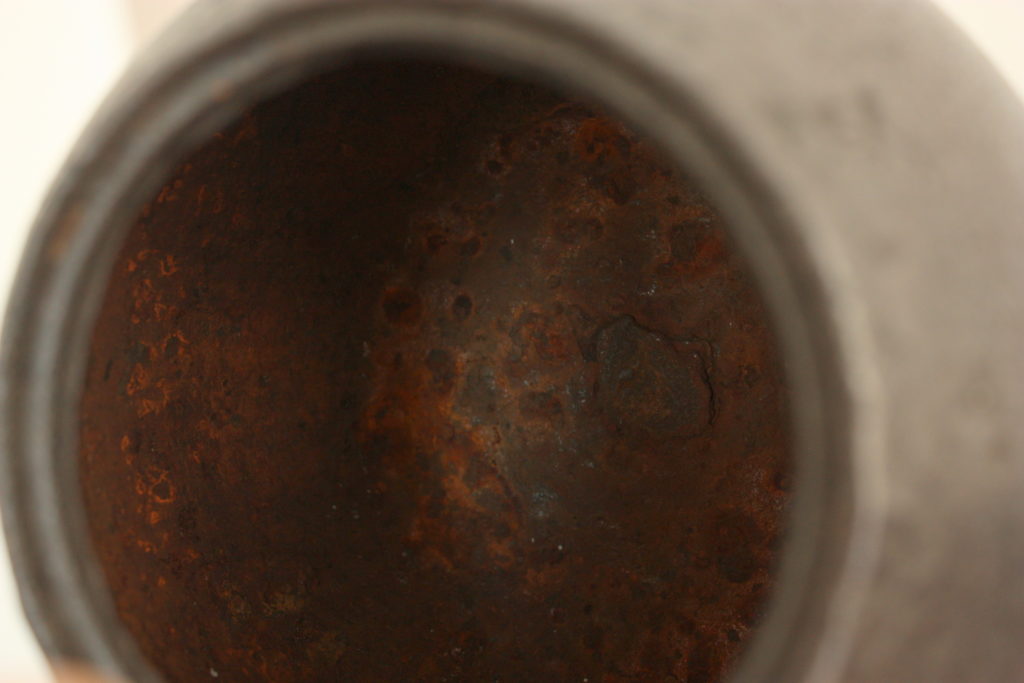
Yeah water is really something people don't talk enough about. You sort of settle into your routine and don't think…